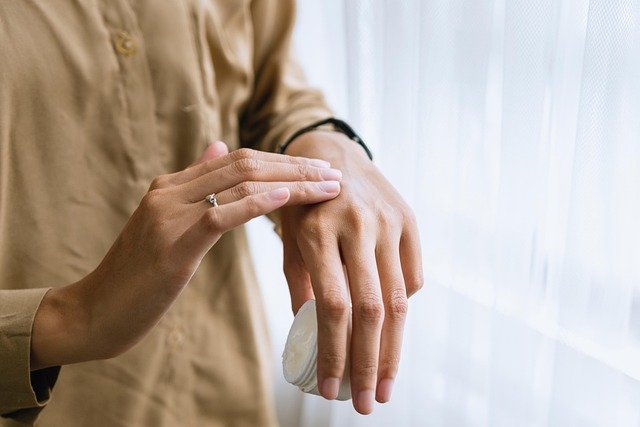Safety checklist before using a mechanical hair-removal tool
A concise safety checklist for mechanical hair-removal tools covers preparation, sensitivity checks, device settings, pain management techniques, maintenance, and travel care. This neutral guide helps you reduce irritation and keep skin healthy when removing hair at home.

Removing hair with a mechanical tool can be effective when performed with care. Before you start, set aside time in a clean, well-lit area, read the device manual, and plan a gentle routine. Proper preparation reduces the chance of irritation, infection, or unexpected sensitivity. This article outlines clear safety tips for at-home hair removal, including skin prep, pain management options, device settings and cordless considerations, maintenance, expected regrowth patterns, and travel care to keep both your skin and the tool in good condition.
This article is for informational purposes only and should not be considered medical advice. Please consult a qualified healthcare professional for personalized guidance and treatment.
Safety tips for hair removal at home
Begin each session by washing your hands and the area to be treated with a mild, non-alcoholic cleanser. Read the manufacturer’s warnings and contraindications: avoid using the tool on open wounds, sunburned skin, or inflamed acne. Perform a patch test on a small area at least 24 hours before full treatment to check for reactions. Keep first-aid items handy—antiseptic wipes and a cooling gel—and avoid epilating over moles or irregular lesions. If you have blood-clotting disorders, diabetes, or other chronic skin conditions, seek medical advice before using mechanical hair-removal tools.
How to do skin prep before epilation
Skin prep reduces tugging and lowers the risk of ingrown hairs. Exfoliate gently a day or two before treatment to remove dead skin cells so hairs sit upright. On the day, cleanse and dry the skin thoroughly; remove heavy lotions that can interfere with device contact. Trim excessively long hairs to the length recommended by the manufacturer to prevent strain on the device. For particularly sensitive areas, consider a warm compress or short, warm shower to open pores and ease extraction.
What pain management helps with sensitivity
Sensitivity varies widely. Start on a lower speed setting and increase only if comfortable. A warm shower before treatment and holding skin taut during use can reduce discomfort. Over-the-counter topical numbing creams may be an option for some users if approved by a healthcare professional and compatible with the device instructions. After epilation, apply a cool compress or an anti-inflammatory gel such as aloe vera to soothe redness. Limit session length and frequency to allow the skin time to recover and monitor skin response over several sessions.
Which settings and cordless options to use
Learn the device’s settings and how each affects performance and comfort. Lower speeds generally cause less pain but may need more passes; higher speeds can be faster but may increase irritation on delicate skin. If your tool is cordless, ensure it is fully charged before starting to avoid inconsistent torque or stalled operation. Use a methodical technique—move slowly against hair growth and avoid pressing too hard. Replace or adjust heads and attachments as directed; worn components can reduce efficacy and increase discomfort.
Maintenance, frequency, and regrowth expectations
Clean the device after each use according to the manual to remove hair and skin debris; many devices offer washable heads or removable plates. Replace consumable parts—such as tweezing heads or cartridges—on the schedule recommended by the manufacturer to maintain performance. Frequency of use depends on personal hair growth and sensitivity; common intervals range from every two weeks to once a month. Regrowth patterns differ by individual and body area: some people notice finer hair over time, while others see no change. Track sessions and reactions to determine the frequency that balances smoothness and skin recovery.
Travel care and storage guidance
When traveling, store the tool in its protective case to avoid damage and contamination. If flying, follow airline rules for batteries and carry-on electronics; remove batteries or pack them according to carrier guidance if required. Clean and dry the device before packing to prevent trapped moisture from causing corrosion. In humid environments, include a small desiccant packet in the case to reduce moisture exposure. For repairs or servicing in your area, use authorized service centers to ensure safe replacement parts and correct handling.
Mechanical hair-removal tools can be safe and effective when used with proper skin prep, sensible pain management, correct settings, routine maintenance, and mindful travel care. Monitor sensitivity and regrowth to refine your frequency, and consult a healthcare professional for persistent irritation or unusual skin reactions.





